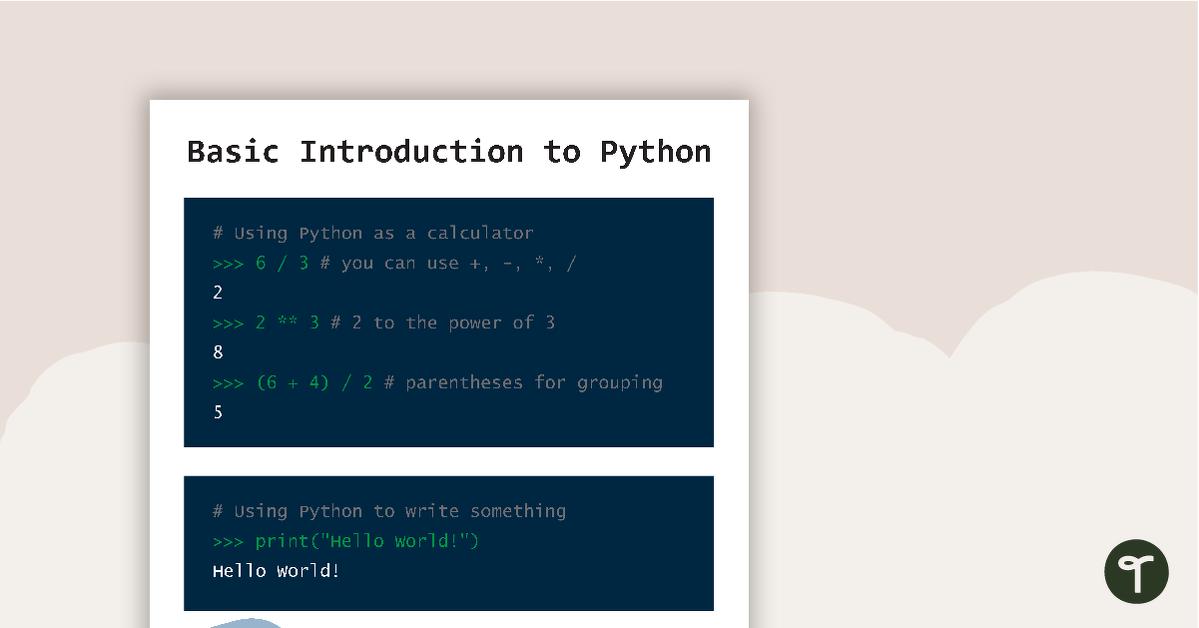La programmation est devenue une compétence essentielle dans le monde d'aujourd'hui. Que vous souhaitiez développer des applications, créer des sites Web ou automatiser des tâches, la programmation est au cœur de ces activités. Dans cet article, nous allons vous présenter les bases de la programmation en utilisant le langage Python.
Python est un langage de programmation populaire et largement utilisé en raison de sa simplicité et de sa polyvalence. Il est idéal pour les débutants car il possède une syntaxe facile à comprendre et à lire. De plus, il est utilisé dans de nombreux domaines tels que l'intelligence artificielle, le développement Web et l'automatisation des tâches.
Pour commencer, vous devez installer Python sur votre ordinateur. Vous pouvez le télécharger gratuitement à partir du site officiel de Python. Une fois installé, vous pouvez ouvrir l'interpréteur Python, qui vous permet d'exécuter des commandes et des scripts Python.
La première chose que vous devez savoir en programmation est le concept de variables. Une variable est un espace de stockage qui peut contenir une valeur. Par exemple, vous pouvez créer une variable appelée 'nom' et lui assigner la valeur 'John'. En Python, vous pouvez créer une variable en utilisant le signe égal (=).
nom = 'John'
Ensuite, vous pouvez utiliser la fonction 'print' pour afficher le contenu de la variable.
print(nom)
Ce code affichera 'John' à l'écran. Vous pouvez également combiner des variables et du texte en utilisant l'opérateur de concaténation (+).
nom = 'John' age = 25 print('Mon nom est ' + nom + ' et j'ai ' + str(age) + ' ans.')
Ce code affichera 'Mon nom est John et j'ai 25 ans.' à l'écran.
En plus des variables, la programmation utilise des structures de contrôle pour exécuter certaines actions en fonction de conditions spécifiques. L'une de ces structures est la boucle 'for', qui exécute un bloc de code plusieurs fois.
Par exemple, vous pouvez utiliser une boucle 'for' pour afficher les nombres de 1 à 5.
for nombre in range(1, 6): print(nombre)
Ce code affichera les nombres 1, 2, 3, 4, 5 à l'écran. La fonction 'range' génère une séquence de nombres à partir de la valeur de départ (1) jusqu'à la valeur de fin (6 exclu).
La programmation est également basée sur des structures de données telles que les listes. Une liste est une collection ordonnée d'éléments. Vous pouvez créer une liste en utilisant des crochets ([]).
parfums_glace =...






